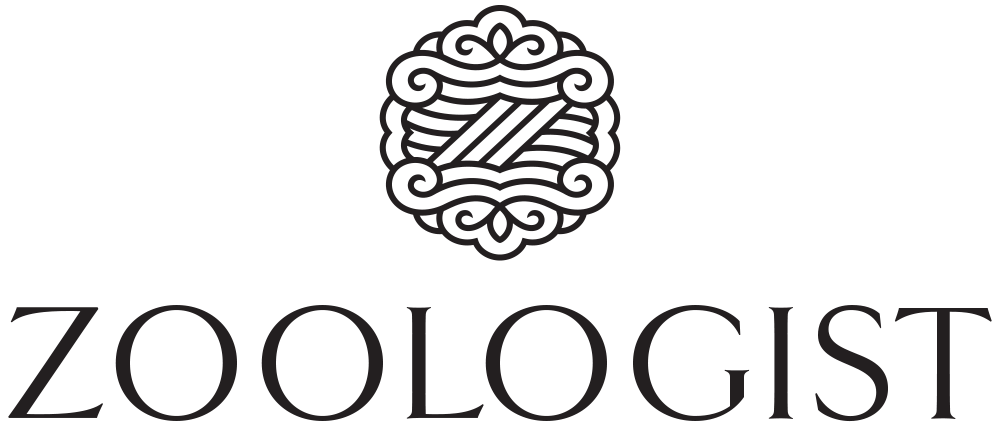December 04, 2014
Could you tell us something about yourself and your passion for perfumery? When did you first start making perfume?
Maybe as an Artist in many mediums, you could call me a perpetual “Noticer”. A photographer and artist is often so clued in to observational patterns, textures, sounds, and for me, odours as well. I really pay attention to my senses and what happens around me, and I particularly enjoy the scents around me in nature. I sit outside on a patio just now, in a short sleeved shirt, enjoying roses all across the garden in front of me, while parts of the USA now have more than six feet of snow. Living in So. California gives me great opportunity to enjoy beautiful flowers and scents year round.
I started on my perfumery journey when I moved away from the temperate beach climate of Southern California to the much hotter semi-desert region inland, buying an affordable house. I've been an artist and commercial photographer all of my life, and always enjoyed puttering around in the garage making things, but our new home’s garage was blazing hot in the summer, and freezes sometimes at night in the winter. This made working in the garage making art more difficult, and drove me inside. I began to explore my own desire for a nice scent to wear myself, since I didn’t seem to like a lot of what was available in the mass market, and also had some allergic reactions to some flowers and perfumery ingredients. This was 2005, and I sought out all possible sources of learning available to me in the deserts of California: the Internet, and any books I could find. I wasn’t in France, certainly… I learned from many sources, and many people too. When I started, even Andy Tauer was a part of the early online groups. Now, I moderate for the largest online group of 2200 Perfumers worldwide, and offer classes and workshops.
I launched my own line of PK Perfumes in 2012, and have won almost 30 awards for my Perfumes since.
What is your approach to making a perfume?
Artistic inspiration comes from so many sources, maybe a place, an abstract idea, a romance, a flower, or a really great material. Starting with the idea, then thinking about what else compliments and reinforces the concept. Sometimes surprises walk in and tear it apart, sending it in an unexpected direction, or can work out so very nicely. I think in this part of creation, that I am more experiential than theoretical. Success can come quickly sometimes, or with many months or years of trying to make your vision a reality. Perfumery is very contemplative, and also then, much patience is often required.
How would you describe the style of your perfumes?
Layered, textural, orchestral, rich, opulent, graceful and beautiful. And full of fantasy…
I liken perfume composition to composing a symphonic score, with main instruments, supporting and background players, voicing different notes and melodies with contrasting harmonies, and that unfolds and develops over a protracted period of time. Time has been a favourite element of many of my artworks, and it certainly plays a large part in my perfumery.

What were your initial reactions when Zoologist Perfumes approached you to make two perfumes based on an animal theme? Was it a good challenge?
The driving concept of the line was so very intriguing and challenging both. Animalic type perfumes seem to have suffered from a reactionary sentiment about using real animal elements. Since Zoologist Perfumes respects animals so deeply, and the perfumes refrain from using animal derived ingredients, there’s the challenge for me to both mimic and honour each animal, their environment, and the mythos surrounding them. Zoologist Perfumes therefore offers a unique opportunity to celebrate a somewhat ignored market segment in new and interesting ways.
Could you tell us what makes Panda and Rhinoceros special?
Composing Panda was a great and interesting confluence of fresh watery green notes, with Bamboo and Zisu leaves with their super bright green odour of perillaldehyde, plus beautifully interesting and different florals for me to employ (osmanthus, orange blossom, and lilies), and other unusual Asian natural materials like buddha’s hand citron, Sichuan pepper, and Pemou root. For me, there’s quite a romance surrounding Panda’s, with the abstraction and realities of China, and incense flowing into the streets from different temples and stores. It was really great to tap into this romance in composing Panda. Panda took quite a number of trials to get to the balance of what is now the final formula. Panda truly had to get worked out…
Rhinoceros, as Victor Wong at Zoologist Perfumes envisioned it, was a little different than I might have personally started from, and the different perspective that Victor brought was refreshing and I thought was a brilliant directive to work out. I quite surprised both Victor and myself, by getting quite close to what is now the finished fragrance formula, on the first trial. The rest was refining it, and then giving it the twist of rum in the top note that we initially didn’t have in the concept. And I really loved working the herbal aspects of Rhinoceros that were tailored to Victor’s initial vision and direction.
If Zoologist Perfumes asks you to design their next perfumes, which animals will you suggest?
Let’s see… We’ve done animals from North America, Africa, and Asia… How about something summery, colourful, and tropical for launch next summer? But I also could easily see a big cat, like Tiger, Lion. Leopard, or Cheetah, and a Fox, either a Red Fox, or Fennec Fox.
